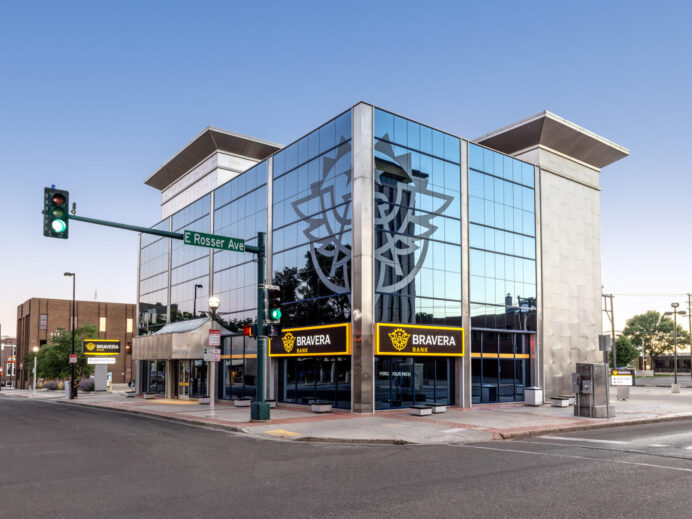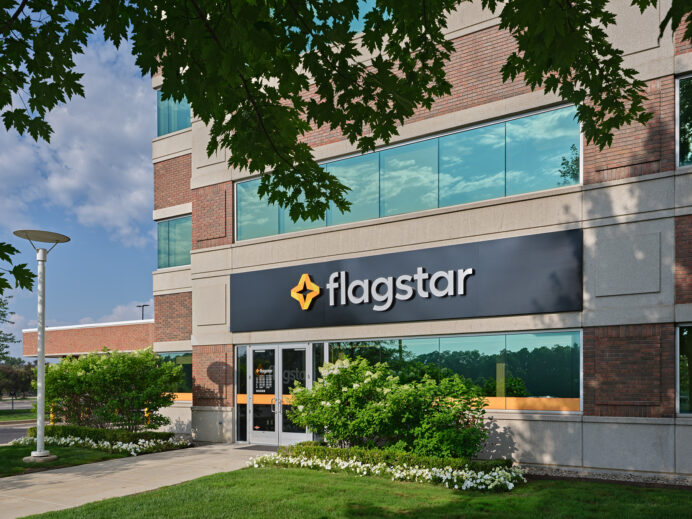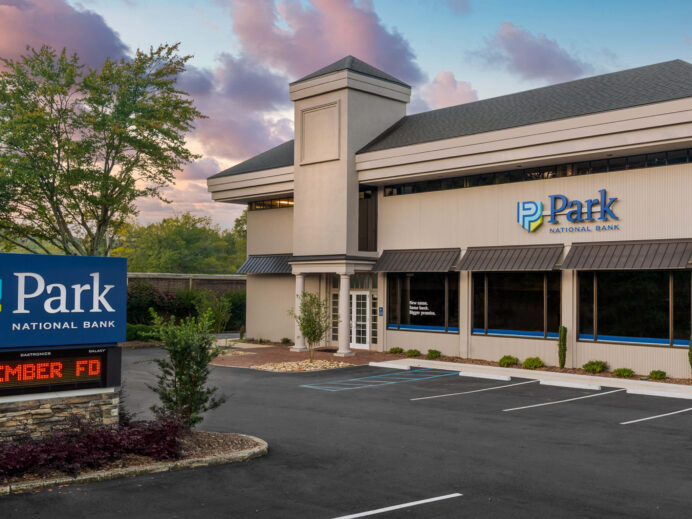In our last Perspective article on “Maximizing Market Opportunities,” we addressed how banks are using analytics to define their options for maximizing market potential and ROI across their branch networks.
We introduced the concept of fair share – the proportion of business a bank could reasonably expect within a market – as one of the linchpins in defining market opportunity. It’s this fair share metric that helps banks determine the scale and scope of investment within their local markets. With this measure in place, banks can begin to grasp how their branches rank in terms of opportunity and prioritize and categorize tiers of transformation based on these burgeoning prospects.
The fair share calculation takes into consideration current and future households and the projected growth rate to determine the number of total future households within a market. Scaled over the next five years, the total future households are then divided into stable and turnover households to paint a full picture of the total demand and opportunity available within a market. In this calculation, stable households include those whose members are satisfied with their banks, and turnover households include people moving into the market, along with customers who are ripe for departing their current financial institutions.
The next step in assessing their potential is calculating how bank branches are performing in relation to their market opportunity. This measure is known as the fair share gap. In this analysis, each location is examined to determine which branch is operating at fair share, exceeding fair share or trailing fair share and specifically by what measure. In short, banks are looking at which branches are taking full advantage of their market potential and which ones are leaving money on the table. These fair share gap metrics are gathered together to calculate an aggregate opportunity across the branch network. This cumulative total is for consumer and business banking alike, including all deposit and loan activity.
After analyzing the fair share gap, branches can then be ranked based on market opportunity, ultimately funneling all of the market analysis information into a top-to-bottom classification. This ranking is a function of overall market opportunity and the gap to achieve that opportunity. Lines of demarcation between levels will vary by institution, but will generally be categorized from A to D. A-level branches are underperforming in high opportunity markets; B-level branches are performing adequately in markets with moderate potential; C-level branches are operating in markets with little potential; and D-level branches are in the position to be consolidated due to redundancy.
These branch level ratings help to inform the implementation tiers in branch optimization and transformation initiatives, namely Refresh, Transition, Transform – and Closure. These performance and market insights factor into decisions being made about what tier and type of renovation each branch is a candidate for and what percentage of investment each bank is capable of making. It’s important to note that these rankings alone do not dictate which branches to close, but simply provide the diagnostic tools to help guide these judgments. Some banks may want to keep certain branches open but for other, less performance-based reasons like legacy or perceived presence in a particular market.
At the Refresh tier, exterior and interior upgrades include more surface-level changes like, finishes, environmental graphics, and digital signage. These branches only need cosmetic upgrades to bring them up-to-date and require a lower financial investment to do so. At the Transition tier, operational and visual changes require moderate financial outlays to adopt the universal banker model, automation technology, enhanced drive-up options, and staff training. The Transform tier requires the highest level of investment as it reimagines how the branch operates. Large-scale changes include repurposing store space, de-tethering staff, integrated delivery, flexible space plans, and a platform for all lines-of-business.
In our next installment in the branch optimization and return-on-investment series, we will look at the how to align the branch current state with opportunity for maximum ROI. These measures will include branch surveys and qualitative analysis to paint a picture of branch health married to robust market analyses like fair share. To speak with one of our banking experience experts or request a copy of our white paper on branch optimization and transformation, contact us at info@adrenalinex.com.









